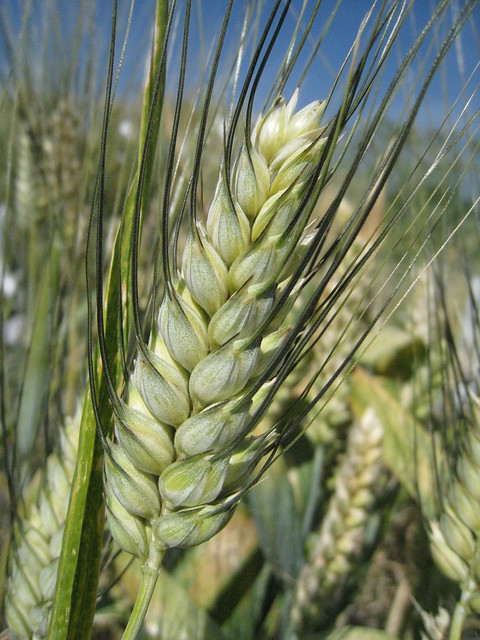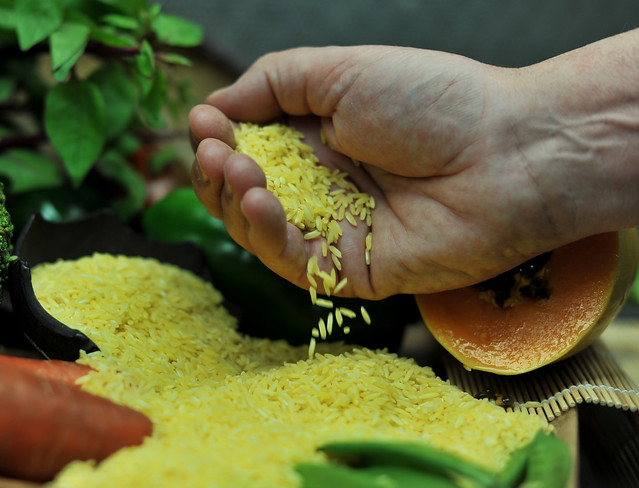November 2013
 |
| CC photo by Wheat initiative on Flickr |
There's no doubt that world agriculture
desperately needs to find an alternative to our current dependence on artificial nitrogen fertilizers. They’re expensive, energy- and fossil fuel-hungry,
climate-, environment- and health-damaging.
Natural conversion of nitrogen gas in the
air to a form usable by plants is carried out by soil bacteria. Scientists who are aware of the complexity of
nitrogen-fixation in such bacteria have reservations about whether the process
can be translated by GM into higher plants.
Besides the 20 genes involved (each structured to express in bacteria
not in plant cells) and the enzymes needed (some of which are assembled from
separately generated components and some of which incorporate iron and
molybdenum ions), the reaction itself can only take place if oxygen is
excluded. The energy costs and metabolic
contortions needed to achieve such novel reactions and conditions in a plant
are so extensive that achieving a robust crop at the end of the day may
be a “pipe-dream” (Institute of Science in Society).
However, researchers at Newcastle
University have been following another line of inquiry. They've come up with 'N-fix' technology.






_(umaDA0009a).jpg)